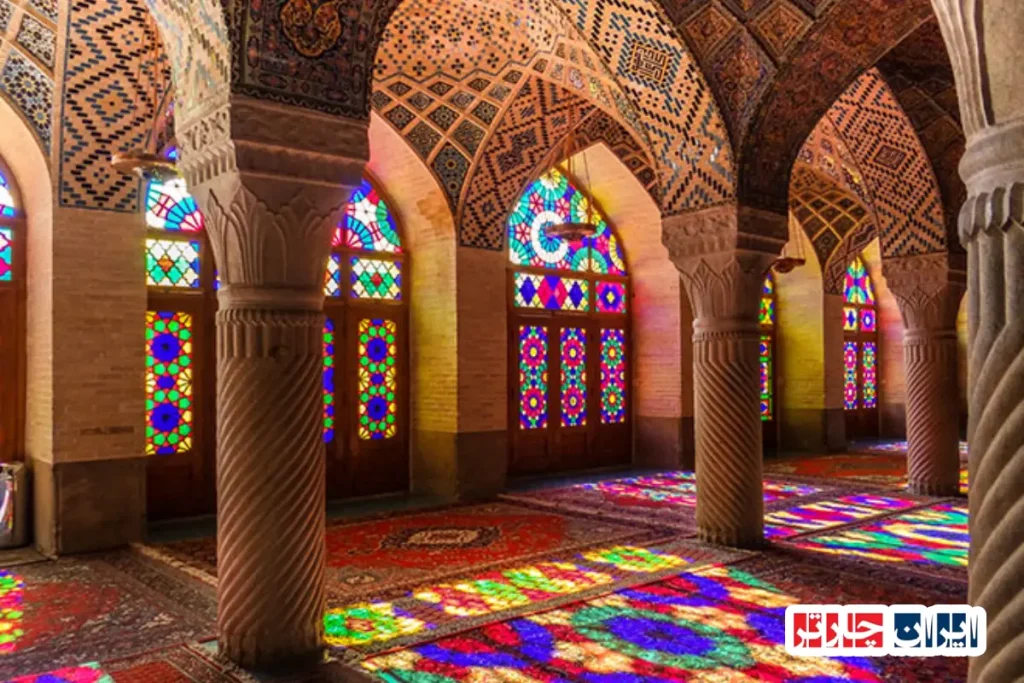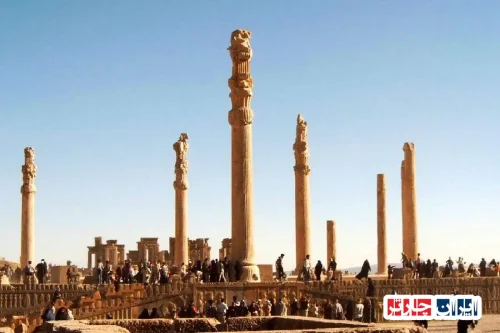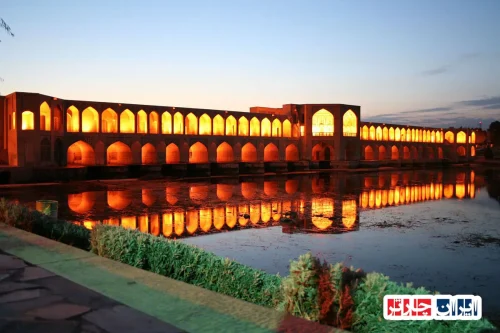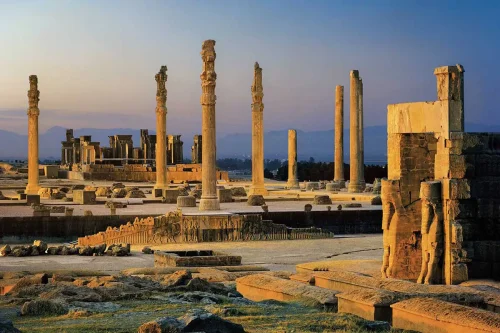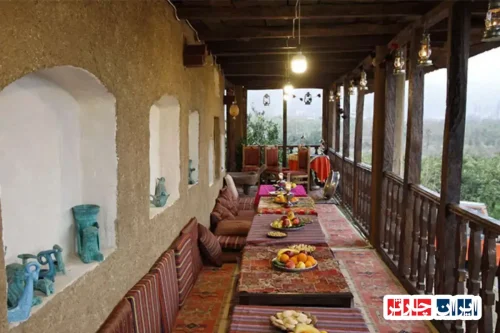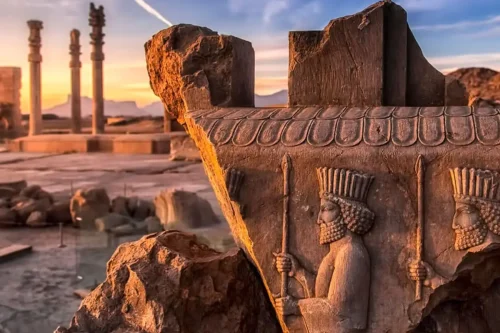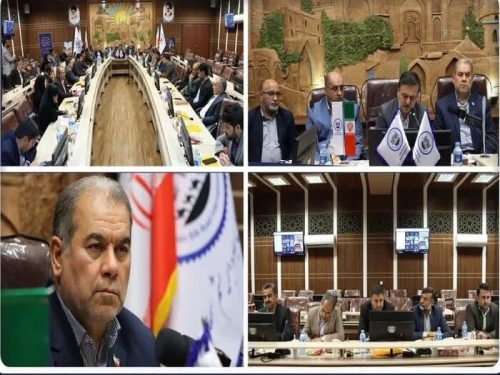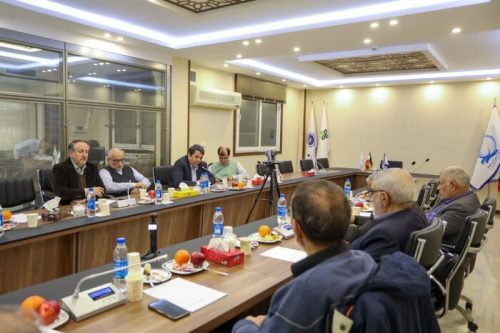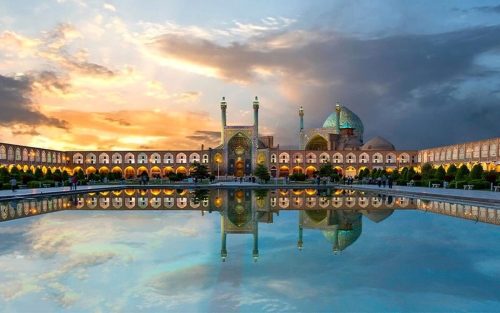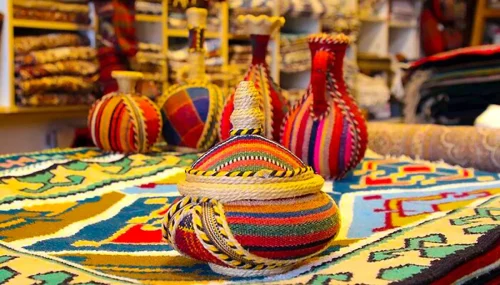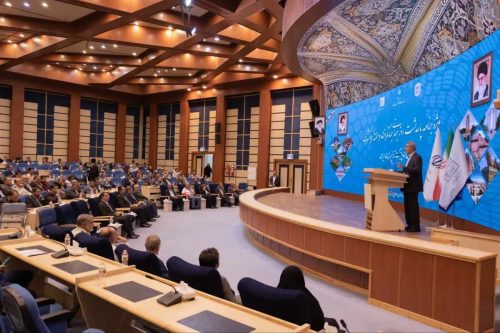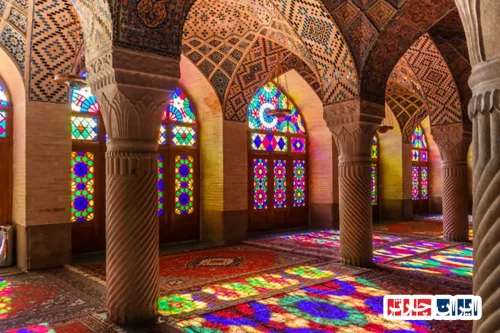a cultural shift how iranian animation transcends borders to host picasso
A Cultural Shift: How Iranian Animation Transcends Borders to Host Picasso
- Introduction: The Global Stage for Iranian Animation
- Roots and Evolution: A Legacy of Storytelling
- Transcending Walls: Universal Themes in Iranian Animation
- A Dialogue with Masters: How Iranian Animators “Host Picasso”
- The Future Frame: Impact and Recognition on the World Stage
Iranian animation is no longer a hidden gem; it has firmly established itself on the global stage, captivating audiences and critics alike with its distinct visual language and profound storytelling. Far from being confined by geographical borders, this vibrant segment of the Iranian film industry has successfully leveraged its unique artistic expression to resonate universally. As we explore this fascinating cultural phenomenon, we uncover how Iranian animators are not just creating films, but are also building bridges of understanding, presenting a nuanced perspective of Iranian culture to the world and solidifying their place in the international animation landscape.
This burgeoning presence is evident at major international film festivals, where Iranian animation consistently garners awards and accolades, highlighting its high artistic merit and compelling narratives. Its ability to tackle complex themes with beauty, metaphor, and often a touch of surrealism allows it to transcend borders and connect deeply with diverse audiences. By achieving such prominence on the global stage, Iranian animation serves as a powerful cultural ambassador, inviting curiosity and appreciation for the rich artistic heritage and contemporary creativity flourishing within Iran.
The vibrant world of Iranian animation isn’t a recent phenomenon; its roots delve deep into a rich and ancient storytelling legacy that spans millennia. From the intricate details of Persian miniature painting to the captivating performances of traditional Naqqāli (storytellers), the art of visual and oral narrative has long been a cornerstone of Iranian cultural heritage. Early pioneers in the mid-20th century drew upon these deep wells of artistic tradition, beginning the evolution of Iranian animation by adapting classic tales and developing unique visual styles that reflected the nation’s artistic soul. This historical foundation provides a powerful bedrock for the compelling narratives we see on screen today.
Tracing the evolution of Iranian animation reveals a journey marked by resilience, innovation, and a steadfast commitment to storytelling. Through various historical periods, animators have experimented with diverse techniques and themes, building upon the work of earlier generations. This continuous development has not only shaped the aesthetic of Iranian cinema but has also ensured that the inherent storytelling legacy remains vibrant and relevant. Exploring this history offers fascinating insights into how ancient cultural forms have been reinterpreted through the dynamic medium of animation, creating a bridge between the past and the present for audiences worldwide.
One of the most compelling aspects of Iranian animation is its remarkable ability to transcend borders and connect with a global audience through the power of universal themes. While deeply rooted in Iranian culture and artistic traditions, these animated stories often explore the fundamental aspects of the human experience: themes of love, loss, hope, identity, the challenges of everyday life, and the boundless imagination of childhood. It’s this focus on shared human emotions and experiences that allows Iranian animation to bypass geographical and cultural “walls,” fostering empathy and understanding among viewers regardless of their background or location.
By presenting these relatable narratives, Iranian animation serves as a powerful vehicle for cultural exchange. It invites international audiences to see beyond stereotypes and gain insight into the heart and soul of Iran, not through overtly political or historical lessons, but through compelling, visually stunning stories that resonate on a personal level. This capacity to explore universal themes ensures that Iranian animation is not just viewed as a niche art form, but as a significant contributor to the global cinematic conversation, demonstrating that powerful storytelling truly knows no boundaries.
The phrase “hosting Picasso” serves as a potent metaphor for the sophisticated artistic dialogue that defines contemporary Iranian animation. It’s not about a literal invitation to the Spanish master, but rather a recognition of how Iranian animators engage with the legacy and spirit of global art movements and masters, including the revolutionary approach of figures like Picasso. Just as Picasso shattered conventional perspectives, Iranian animators often break free from traditional narrative structures and visual norms, blending influences from modern art, traditional Persian aesthetics, and innovative animation techniques to create visually striking and conceptually rich works that stand proudly alongside the world’s finest artistic expressions.
Through bold experimentation with form, color, and perspective, Iranian artists working in animation demonstrate a profound understanding of the visual language that transcends borders. Their films become a canvas where the echoes of classical Persian artistry meet the dynamic energy of global art trends. This creative fusion is the essence of “hosting Picasso” – it’s about Iranian animation asserting its place in the international artistic conversation, not by imitation, but by contributing a unique voice shaped by a deep cultural heritage and a forward-looking artistic vision, inviting the world to experience this vibrant cultural influence.
Looking ahead, the future of Iranian animation on the world stage is incredibly promising, building upon a foundation of increasing global recognition. Consistently featured and awarded at prestigious international film festivals, from Annecy to the Oscars, Iranian animated films are not merely participating; they are making a significant impact and shaping the discourse around contemporary cinema. This growing acclaim is a testament to the talent and creativity of Iranian artists, signaling a bright trajectory for the industry and cementing its position as a vital force in the global animation landscape for years to come.
This burgeoning recognition also has a profound cultural impact, offering a compelling window into Iran for potential travelers and enthusiasts of global art. As more international audiences discover the unique storytelling and stunning visuals of Iranian animation, it naturally sparks curiosity about the country’s rich heritage, artistic traditions, and vibrant contemporary culture. This artistic success on the world stage can therefore play a valuable role in fostering cultural tourism, inviting people to explore the inspirations and landscapes that give birth to these captivating animated worlds.
(FAQs)
What makes Iranian animation significant on the global stage today? Iranian animation has gained international prominence for its unique artistic style, profound storytelling, and ability to address complex, universal themes that resonate with audiences worldwide.
How does the history of Iranian animation connect to its current success? Modern Iranian animation draws deeply from a rich legacy of Persian art, literature, and oral storytelling traditions, providing a strong cultural foundation for its distinctive visual language and narrative depth.
What kind of themes are typically explored in Iranian animated films? Iranian animation frequently tackles universal human experiences such as identity, memory, social issues, childhood innocence, dreams, and the complexities of life, allowing it to connect with diverse audiences beyond cultural boundaries.
What is the meaning behind the phrase “Iranian animation hosts Picasso”? This metaphor signifies how Iranian animation engages in a dialogue with global artistic masters and movements, blending traditional Iranian aesthetics with modern and innovative visual approaches, similar to the revolutionary spirit of artists like Picasso.
How do Iranian animators blend traditional and modern artistic influences? Animators often incorporate elements from Persian miniature painting, calligraphy, and traditional patterns while employing contemporary animation techniques and styles, creating a unique and compelling visual fusion.
How well-known is Iranian animation at international film festivals? Iranian animation has a strong presence and has achieved significant recognition and numerous awards at major international film festivals worldwide, highlighting its critical acclaim and artistic quality.
What impact is Iranian animation having on the international film scene? It is contributing a distinct voice and perspective to global cinema, challenging conventional narratives, fostering cultural understanding, and inspiring artists around the world with its creativity and resilience.
Can watching Iranian animation provide insights into Iranian culture for tourists? Absolutely. The films often reflect aspects of Iranian history, social dynamics, philosophy, and everyday life, offering international viewers authentic and often nuanced glimpses into the country’s rich cultural tapestry.
What does the future hold for Iranian animation? With a growing pool of talented artists and increasing international exposure, Iranian animation is poised for continued growth, further innovation, and greater impact and recognition on the world stage.
Where can interested individuals watch Iranian animation? Many critically acclaimed Iranian animated films are accessible through international film festivals, specialized streaming platforms focusing on world cinema, and cultural institution screenings globally.

